- From Discrete DT (for both pre- and post-production), followed by composite DT (e.g assembly line, transportation systems), to Organization DT (e.g. supply chains, political parties).
- From pre-production simulation, to operational dashboards of current state with human decisions and control, to autonomous limited control functions which ultimately eliminate the need for individual device manager SW separate from the DT.
- In parallel, 2D DT content displayed on smartphones, tablets, PCs, moving to 3D rendered content on the same, moving selectively to wearables (AR/VR) as the wearable market matures leading to visualized live data that can be manipulated by voice and gesture.
- Over the next 10 years, I believe DTs become the de facto Graphic User Interface for machines, buildings, etc. in addition to the GUI for consumer and commercial process management.

Digital Twins Q&A
Mar 9, 2023

Find a similar article by tags
Artificial IntelligenceYou’ve Been Framed! An Overview of Programming Frameworks
Oct 13, 2022
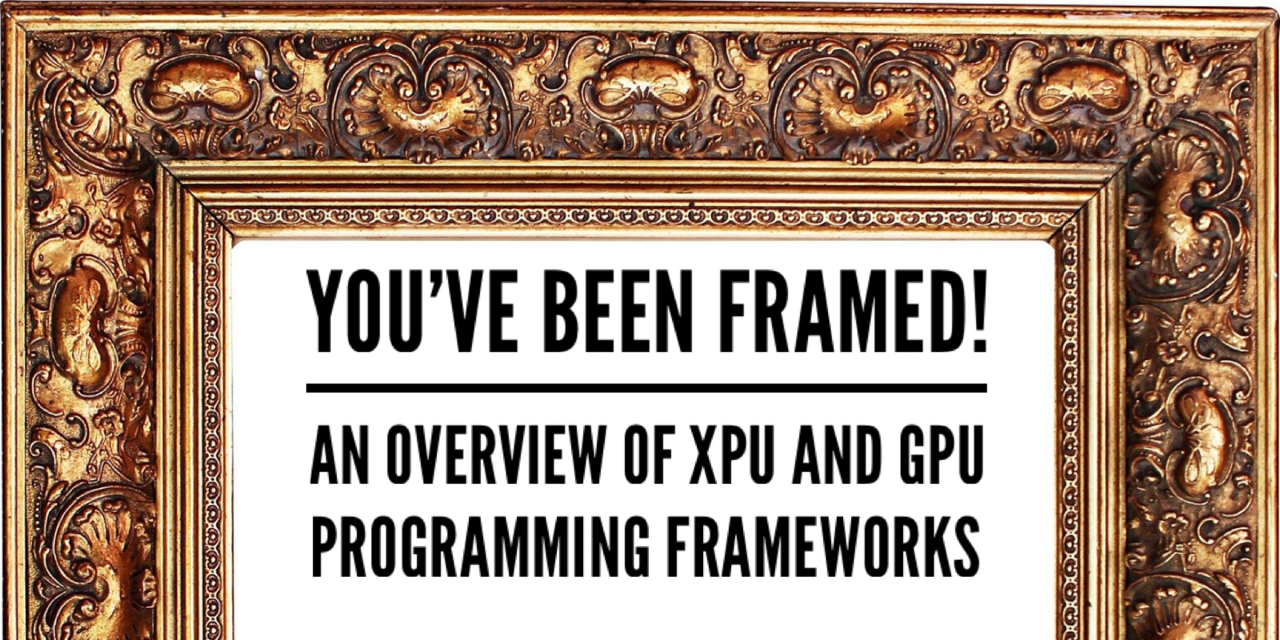
- GPUs (CUDA, SYCL, OpenCL, oneAPI)
- xPUs (DASH, DOCA, OPI, IPDK)
- Computational Storage (SNIA computational storage API, NVMe TP4091 and FPGA programming shells)
Find a similar article by tags
Artificial Intelligence Computational Storage DPU GPU Machine Learning Programming Frameworks xPULeave a Reply
5G Industrial Private Networks and Edge Data Pipelines
Jan 5, 2022
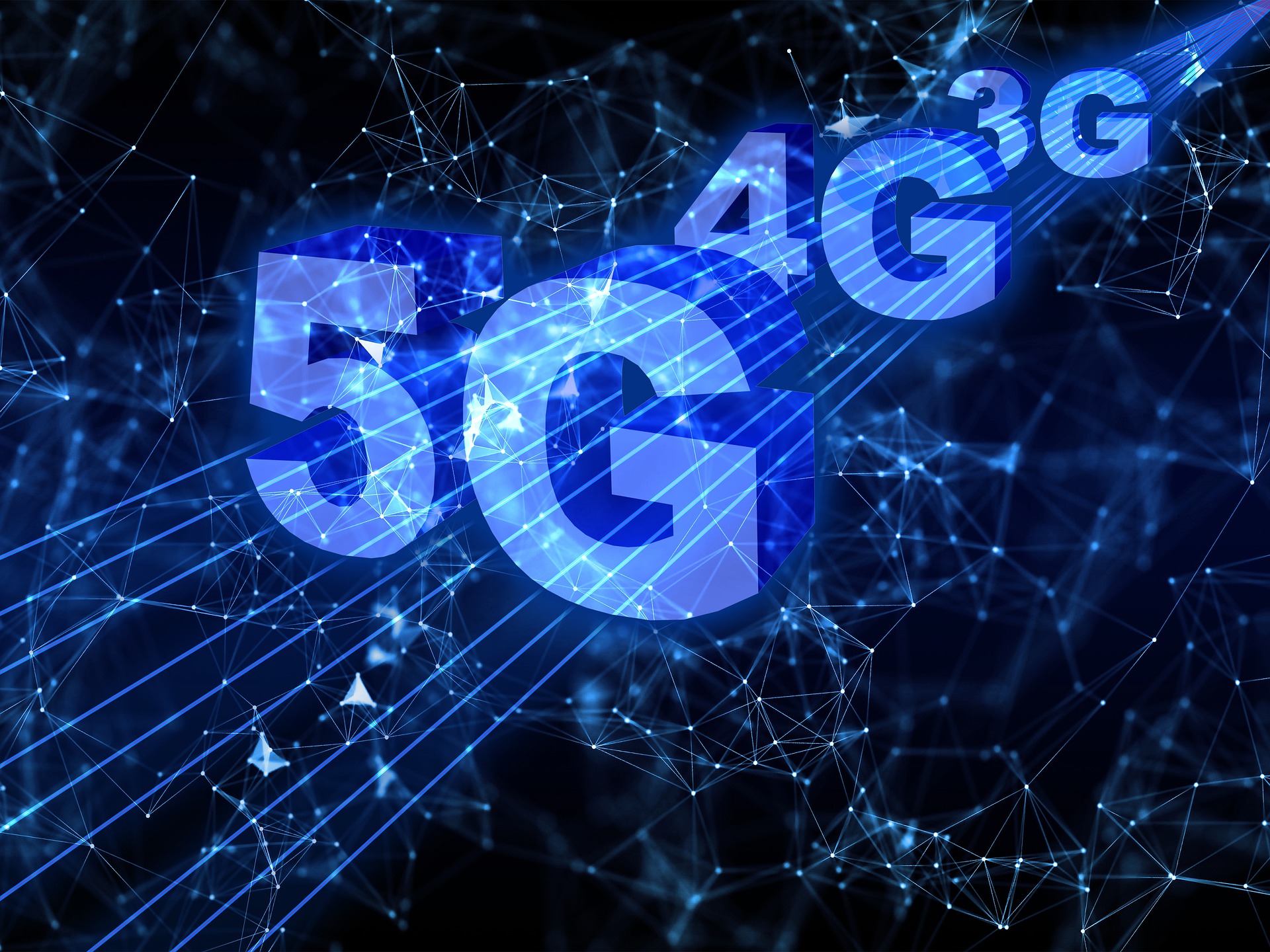
- Edge can be defined and the current state of the industry
- Industrial Edge is being transformed
- 5G and Time-Sensitive Networking (TSN) play a foundational role in Industry 4.0
- The convergence of high-performance wireless connectivity and AI create new data-intensive use cases
- The right data pipeline layer provides persistent, trustworthy storage from edge to cloud
Leave a Reply
Storage for AI Q&A
Oct 20, 2021
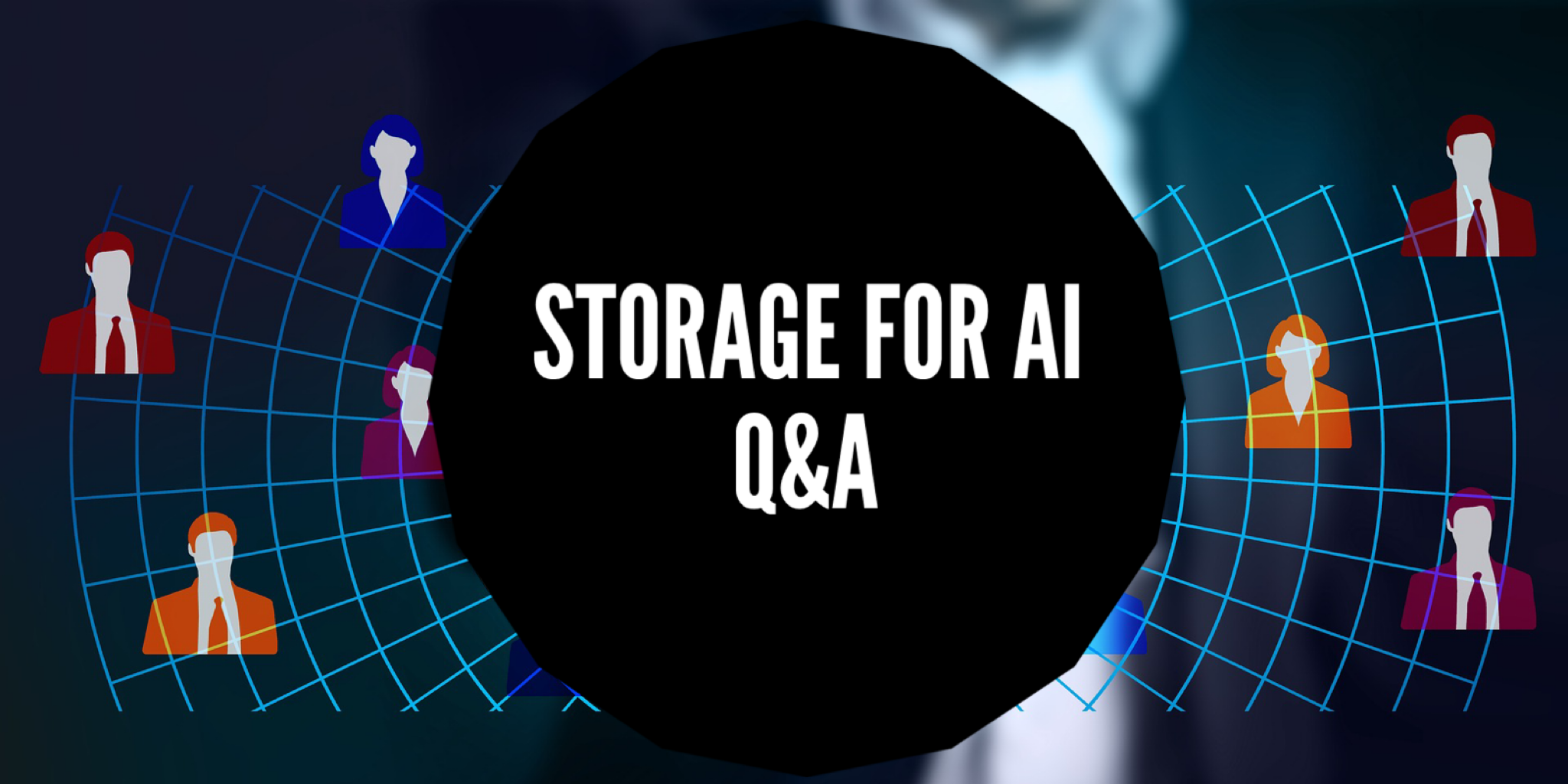
 technologies that
are beginning to allow FPGA, TPD, DPU, GPU and other devices direct access to
other servers’ storage directly over a high-speed local area network without
having to access the CPU of that system.
Q. What work is being done to accelerate S3 performance with
regard to AI?
A. A number of companies are working to accelerate the S3 protocol.
Presto and a number of Big Data technologies use it natively. For AI workloads there
are a number of caching technologies to handle the re-reads of training on a
local system. Minimizing the performance penalty
Q. From a storage perspective, how do I take different types of data from different storage systems to develop a model?
A. Work with your project team to find the data you need and
ensure it can be served to the ML/DL training (or inference) environment in a
timely manner. You may need to copy (or clone) data on to a faster medium to
achieve your goals. But look at the process as a whole. Do not underestimate
the data cleansing/normalization steps in your storage analysis as it can prove
to be a bottleneck.
Q.
Do I have to “normalize” that data to the same type, or can a model accommodate
different data types?
A. In general, yes. Models can be very sensitive. A model trained
on one set of data with one set of normalizations may not be accurate if data
that was taken from a different set with different normalizations is used for inference.
This does depend on the model, but you should be aware not only of the model,
but also the details of how the data was prepared prior to training.
Q.
If I have to change the data type, do I then need to store it separately?
A. It depends on your data, “do other systems need it in the
old format?”
Q.
Are storage solutions that are right for one form of AI also the best for
others?
A. No. While it may be possible to use a single solution for
multiple AIs, in general there are differences in the data that can necessitate
different storage. A relatively simple example is large data (MBs) vs. small
data (~1KB). Data in that multiple MBs large example can be easily erasure
coded and stored more cost effectively. However, for small data, Erasure Coding
is not practical and you generally will have to go with replication.
Q.
How do features like CPU bypass impact performance of storage?
A. CPU bypass is essential for those times when all you need to do
is transfer data from one peripheral to another without processing. For
example, if you are trying to take data from a NIC and transfer it to a GPU,
but not process the data in any way, CPU bypass works very well. It prevents
the CPU and system memory from becoming a bottleneck. Likewise, on a storage
server, if you simply need to take data from an SSD and pass it to a NIC during
a read, CPU bypass can really help boost system performance. One important
note: if you are well under the limits of the CPU, the benefits of bypass are
small. So, think carefully about your system design and whether or not the CPU
is a bottleneck. In some cases, people will use system memory as a cache and in
these cases, bypassing CPU isn’t possible.
Q.
How important is it to use All-Flash storage compared to HDD or hybrid?
A. Of course, It depends on your workloads. For any single model,
you may be able to make due with HDD. However, another consideration for many
of the AI/ML systems is that their use can quite suddenly expand. Once there is
some amount of success, you may find that more people will want access to the
data and the system may experience more load. So beware of the success of these
early projects as you may find your need for creation of multiple models from
the same data could overload your system.
Q.
Will storage for AI/ML necessarily be different from standard enterprise
storage today?
A. Not necessarily. It may be possible for enterprise solutions
today to meet your requirements. However, a key consideration is that if your
current solution is barely able to handle its current requirements, then adding
an AI/ML training workload may push it over the edge. In addition, even if your
current solution is adequate, the size of many ML/DL models are growing
exponentially every year. So, what you
provision today may not be adequate in a year or even several months. Understanding the direction of the work your
data scientists are pursuing is important for capacity and performance
planning.
technologies that
are beginning to allow FPGA, TPD, DPU, GPU and other devices direct access to
other servers’ storage directly over a high-speed local area network without
having to access the CPU of that system.
Q. What work is being done to accelerate S3 performance with
regard to AI?
A. A number of companies are working to accelerate the S3 protocol.
Presto and a number of Big Data technologies use it natively. For AI workloads there
are a number of caching technologies to handle the re-reads of training on a
local system. Minimizing the performance penalty
Q. From a storage perspective, how do I take different types of data from different storage systems to develop a model?
A. Work with your project team to find the data you need and
ensure it can be served to the ML/DL training (or inference) environment in a
timely manner. You may need to copy (or clone) data on to a faster medium to
achieve your goals. But look at the process as a whole. Do not underestimate
the data cleansing/normalization steps in your storage analysis as it can prove
to be a bottleneck.
Q.
Do I have to “normalize” that data to the same type, or can a model accommodate
different data types?
A. In general, yes. Models can be very sensitive. A model trained
on one set of data with one set of normalizations may not be accurate if data
that was taken from a different set with different normalizations is used for inference.
This does depend on the model, but you should be aware not only of the model,
but also the details of how the data was prepared prior to training.
Q.
If I have to change the data type, do I then need to store it separately?
A. It depends on your data, “do other systems need it in the
old format?”
Q.
Are storage solutions that are right for one form of AI also the best for
others?
A. No. While it may be possible to use a single solution for
multiple AIs, in general there are differences in the data that can necessitate
different storage. A relatively simple example is large data (MBs) vs. small
data (~1KB). Data in that multiple MBs large example can be easily erasure
coded and stored more cost effectively. However, for small data, Erasure Coding
is not practical and you generally will have to go with replication.
Q.
How do features like CPU bypass impact performance of storage?
A. CPU bypass is essential for those times when all you need to do
is transfer data from one peripheral to another without processing. For
example, if you are trying to take data from a NIC and transfer it to a GPU,
but not process the data in any way, CPU bypass works very well. It prevents
the CPU and system memory from becoming a bottleneck. Likewise, on a storage
server, if you simply need to take data from an SSD and pass it to a NIC during
a read, CPU bypass can really help boost system performance. One important
note: if you are well under the limits of the CPU, the benefits of bypass are
small. So, think carefully about your system design and whether or not the CPU
is a bottleneck. In some cases, people will use system memory as a cache and in
these cases, bypassing CPU isn’t possible.
Q.
How important is it to use All-Flash storage compared to HDD or hybrid?
A. Of course, It depends on your workloads. For any single model,
you may be able to make due with HDD. However, another consideration for many
of the AI/ML systems is that their use can quite suddenly expand. Once there is
some amount of success, you may find that more people will want access to the
data and the system may experience more load. So beware of the success of these
early projects as you may find your need for creation of multiple models from
the same data could overload your system.
Q.
Will storage for AI/ML necessarily be different from standard enterprise
storage today?
A. Not necessarily. It may be possible for enterprise solutions
today to meet your requirements. However, a key consideration is that if your
current solution is barely able to handle its current requirements, then adding
an AI/ML training workload may push it over the edge. In addition, even if your
current solution is adequate, the size of many ML/DL models are growing
exponentially every year. So, what you
provision today may not be adequate in a year or even several months. Understanding the direction of the work your
data scientists are pursuing is important for capacity and performance
planning.
Find a similar article by tags
AI Artificial Intelligence Data Storage Machine Learning Networked StorageLeave a Reply
Storage for Applications Webcast Series
Sep 8, 2021
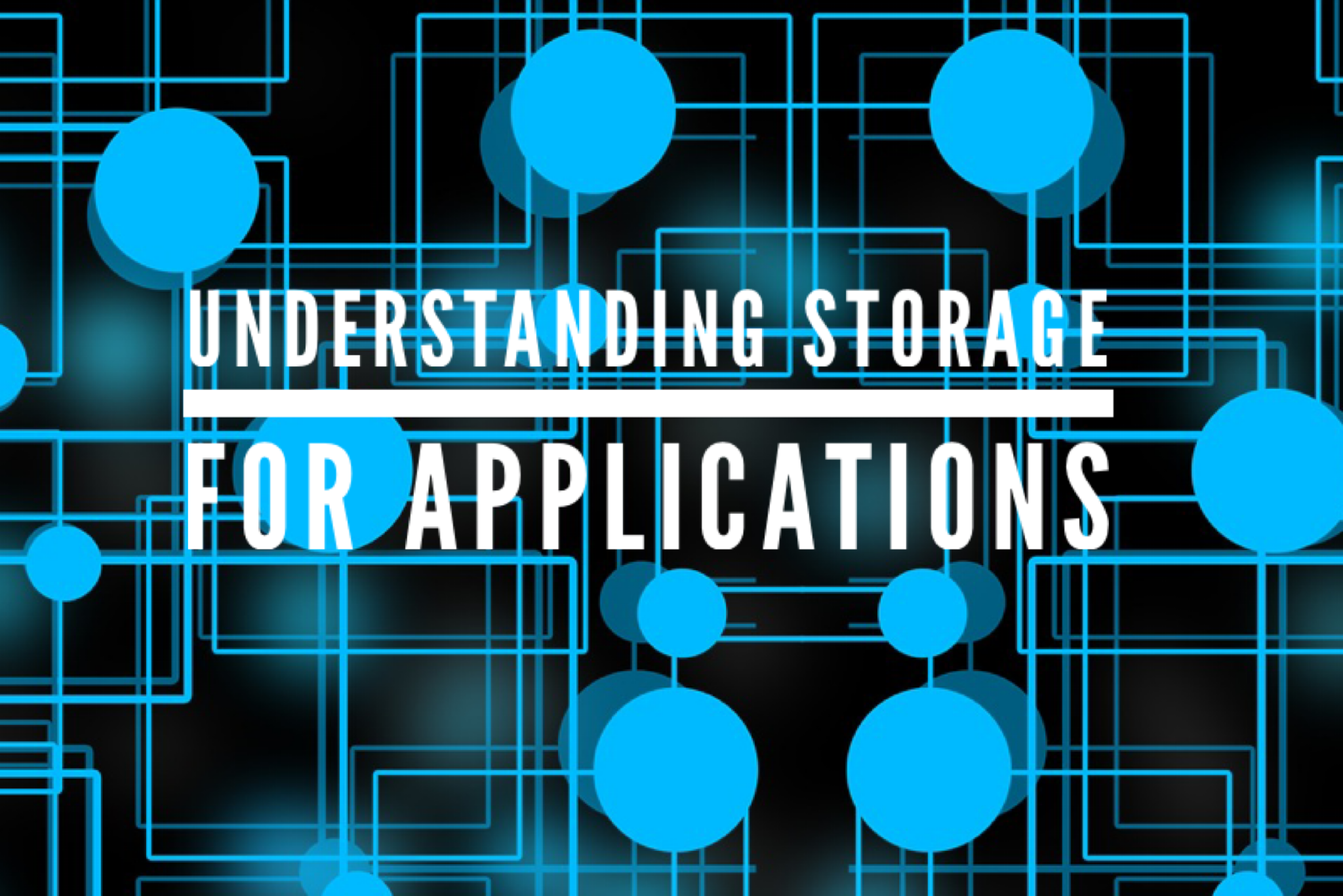
Leave a Reply
Can Cloud Storage and Big Data Live Happily Ever After?
Aug 31, 2021

- A short history of Big Data
- The impact of edge computing
- The erosion of the data center
- Managing data-on-the-fly
- Grid management
- Next-gen Hadoop and related technologies
- Supporting AI workloads
- Data gravity and distributed data
Leave a Reply
Q&A on the Ethics of AI
Mar 25, 2021

Leave a Reply
Cloud Analytics Drives Airplanes-as-a-Service Business
Feb 25, 2021
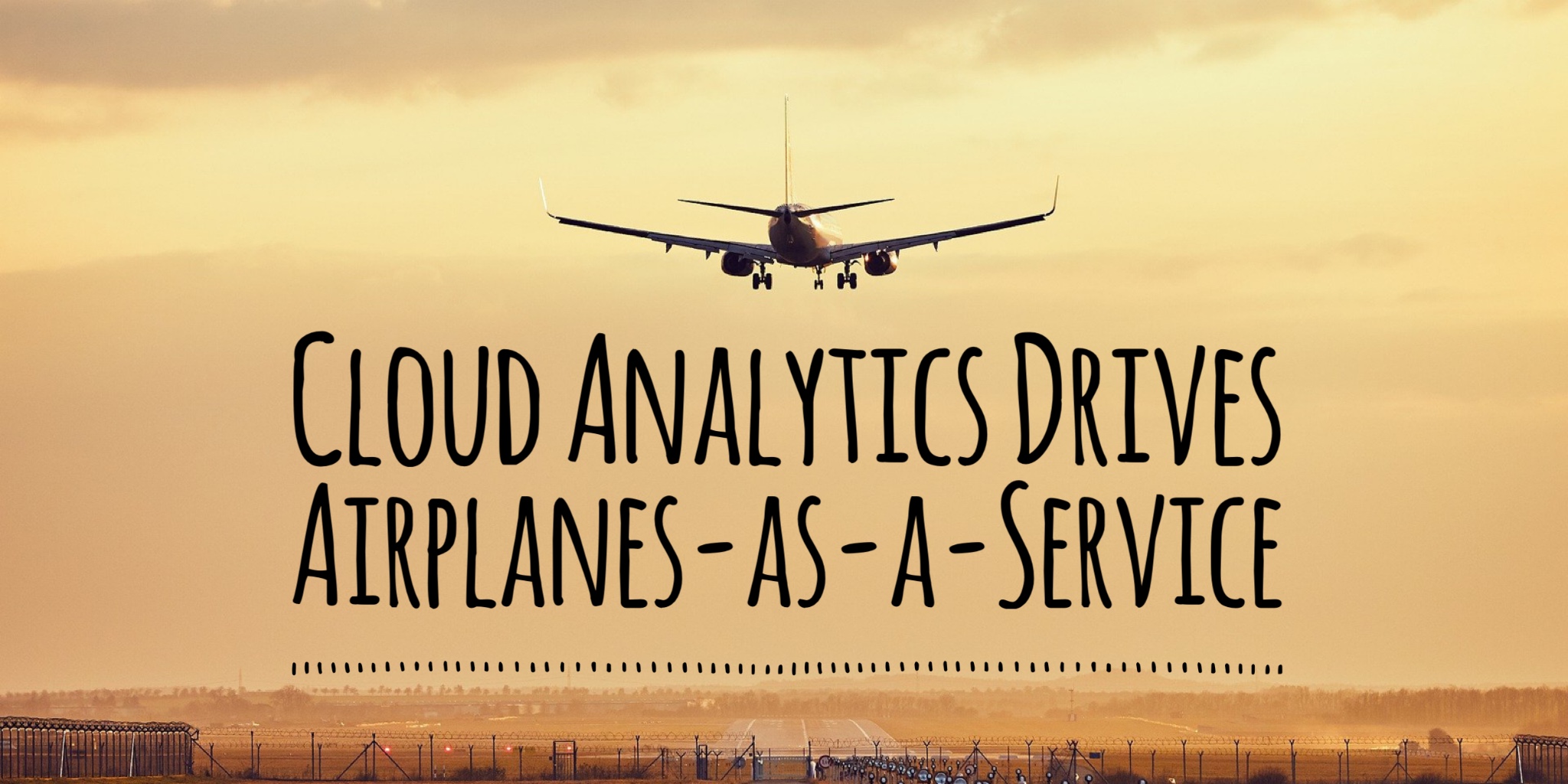
- How to build and take advantage of a data ecosystem
- Overcoming challenges and roadblocks
- How to use cloud resources in unique ways to accomplish business and engineering goals
- Considerations for business requirements and developing technical metrics
- Thoughts on when to start new vs. adapt existing analytics processes
- Real-world examples of cloud analytics and AI
Find a similar article by tags
Airplanes-as-a-Service Artificial Intelligence Cloud Analytics Cloud Storage Data AnalyticsLeave a Reply
The Effort to Keep Artificial Intelligence Ethical
Feb 11, 2021

- How making decisions at the speed of AI could be ethically challenging
- Examples of how companies have structures to approach AI policy
- The pitfalls of managing the human side of AI development
- Potential legal implications of using AI to make decisions
- Advice for addressing potential ethics issues before they are unsolvable
Leave a Reply
5G Streaming Questions Answered
Dec 2, 2020

The broad adoption of 5G, internet of things (IOT) and edge computing are reshaping the nature and role of enterprise and cloud storage. Preparing for this significant disruption is important. It’s a topic the SNIA Cloud Storage Technologies Initiative covered in our recent webcast “Storage Implications at the Velocity of 5G Streaming,” where my colleagues, Steve Adams and Chip Maurer, took a deep dive into the 5G journey, streaming data and real-time edge AI, 5G use cases and much more. If you missed the webcast, it’s available on-demand along with a copy of the webcast slides.
As you might expect, this discussion generated some intriguing questions. As promised during the live presentation, our experts have answered them all here.
Q. What kind of transport do you see that is going to be used for those (5G) use-cases?
A. At a high level, 5G consists of 3 primary slices: enhanced mobile broadband (eMBB), ultra-low latency communications (URLLC) and massive machine type communication (mMTC). Each of these are better suited for different use cases, for example normal smartphone usage relies on eMBB, factory robotics relies on URLLC, and intelligent device or sensor applications like farming, edge computing and IOT relies on mMTC.
The primary 5G standards-making bodies include:
- The 3rd Generation Partnership Project (3GPP) – formulates 5G technical specifications which become 5G standards. Release 15 was the first release to define 5G implementations, and Release 16 is currently underway.
- The Internet Engineering Task Force (IETF) partners with 3GPP on the development of 5G and new uses of the technology. Particularly, IETF develops key specifications for various functions enabling IP protocols to support network virtualization. For example, IETF is pioneering Service Function Chaining (SFC), which will link the virtualized components of the 5G architecture—such as the base station, serving gateway, and packet data gateway—into a single path. This will permit the dynamic creation and linkage of Virtual Network Functions (VNFs).
- The International Telecommunication Union (ITU), based in Geneva, is the United Nations specialized agency focused on information and communication technologies. ITU World Radio communication conferences revise the international treaty governing the use of the radio-frequency spectrum and the geostationary and non-geostationary satellite orbits.
To learn more, see
Q. What if the data source at the Edge is not close to where the signal is good to connect to cloud? And, I wonder how these algorithm(s) / data streaming solutions should be considered?
A. When we look at a 5G applications like massive Machine Type Communications (mMTC), we expect many kinds of devices will connect only occasionally, e.g. battery-operated sensors attached to farming water sprinklers or water pumps. Therefore, long distance, low bandwidth, sporadically connected 5G network applications will need to tolerate long stretches of no-contact without losing context or connectivity, as well as adapt to variations in signal strength and signal quality.
Additionally, 5G supports three broad ranges of wireless frequency spectrum: Low, Mid and High. The lower frequency range provides lower bandwidth for broader or more wide area wireless coverage. The higher frequency range provides higher bandwidth for limited area or more focused area wireless coverage. To learn more, check out The Wired Guide to 5G.
On the second part of the question regarding algorithm(s) / data streaming solutions, we anticipate streaming IOT data from sporadically connected devices can still be treated as steaming data sources from a data ingestion standpoint. It is likely to consist of broad snapshots (pre-stipulated time windows) with potential intervals of null sets of data when compared with other types of data sources. Streaming data, regardless of interval of data arrival, has value because of the “last known state” value versus previous interval known states. Calculation of trending data is one of the most common meaningful ways to extract value and make decisions.
Q. Is there an improvement with the latency in 5G from cloud to data center?
By 2023, we should see the introduction of 5G ultra reliable low latency connection (URLLC) capabilities, which will increase the amount of time sensitive data ingested into and delivered from wireless access networks. This will increase demand for fronthaul and backhaul bandwidth to move time sensitive data from remote radio units, to baseband stations and aggregation points like metro area central offices.
As an example, to reduce latency, some hyperscalers have multiple connections out to regional co-location sites, central offices and in some cases sites near cell towers. To save on backhaul transport costs and improve 5G latency, some cloud service providers (CSP) are motivated to locate their networks as close to users as possible.
Independent of CSPs, we expect that backhaul bandwidth will increase to support the growth in wireless access bandwidth of 5G over 4G LTE. But it isn’t the only reason backhaul bandwidth is growing. COVID-19 revealed that many cable and fiber access networks were built to support much more download than upload traffic. The explosion in work and study from home, as well as video conferencing has changed the ratio of upload to download. So many wireline operators (which are often also wireless operators) are upgrading their backhaul capacity in anticipation that not everyone will go back to the office any time soon and some may hardly ever return to the office.
Q. Are the 5G speeds ensured from end-to-end (i.e from mobile device to tower and with MSP’s infrastructure)? Understand most of the MSPs have improved the low latency speeds between Device and Tower.
We expect specialized services like 5G ultra reliable low latency connection (URLLC) will help improve low latency and narrow jitter communications. As far as “assured,” this depends on the service provider SLA. More broadly 5G mobile broadband and massive machine type communications are typically best effort networks, so generally, there is no overall guaranteed or assured latency or jitter profile.
5G supports the largest range of radio frequencies. The high frequency range uses milli-meter (mm) wave signals to deliver the theoretical max of 10Gbps, which means by default reduced latency along with higher throughput. For more information on deterministic over-the-air network connections using 5G URLLC and TSN (Time Sensitive Networking), see this ITU presentation “Integration of 5G and TSN.”
To provide a bit more detail, mobile devices communicate via wireless with Remote Radio Head (RRH) units co-located at the antenna tower site, while baseband unit (BBU) processing is typically hosted in local central offices. The local connection between RRHs and BBUs is called the fronthaul network (from antennas to central office). Fronthaul networks are usually fiber optic supporting eCPRI7.2 protocol, which provide time sensitive network delivery. Therefore, this portion of the wireless data path is deterministic even if the over-the-air or other backhaul portions of the network are not.
Q. Do we use a lot of matrix calculations in streaming data, and do we have a circuit model for matrix calculations for convenience?
We see this applies case-by-case based on the type of data. What we often see is many edge hardware systems include extensive GPU support to facilitate matrix calculations for real time analytics.
Q. How do you see the deployment and benefits of Hyperconverged Infrastructure (HCI) on the edge?
Great question. The software flexibility of HCI can provide many advantages on the edge over dedicated hardware solutions. Ease of deployment, scalability and service provider support make HCI an attractive option. See this very informative article from TechTarget “Why hyper-converged edge computing is coming into vogue” for more details.
Q. Can you comment on edge-AI accelerator usage and future potentials? What are the places these will be used?
Edge processing capabilities include many resources to improve AI capabilities. Things like computational storage and increased use of GPUs will only serve to improve analytics performance. Here is a great article on this topic.
Q. How important is high availability (HA) for edge computing?
For most enterprises, edge computing reliability is mission critical. Therefore, almost every edge processing solution we have seen includes complete and comprehensive HA capabilities.
Q. How do you see Computational Storage fitting into these Edge use cases? Any recommendations on initial deployment targets?
The definition and maturity of computational storage is rapidly evolving and is targeted to offer huge benefits for management and scale of 5G data usage on distributed edge devices. First and foremost, 5G data can be used to train deep neural networks at higher rates due to parallel operation of “in storage processing.” Petabytes of data may be analyzed in storage devices or within storage enclosures (not moved over the network for analysis). Secondly, computational storage may also accelerate the process of conditioning data or filtering out unwanted data.
Q. Do you think that the QUIC protocol will be a standard for the 5G communication?
So far, TCP is still the dominate transport layer protocol within the industry. QUIC was initially proposed by Google and is widely adopted in the Chrome/Android ecosystem. QUIC is getting increased interest and adoption due to its performance benefits and ease in implementation (it can be implemented in user space and does not need OS kernel changes).
For more information, here is an informative SNIA presentation on the QUIC protocol.
Please note this is an active area of innovation. There are other methods including Apple IOS devices using MPTCP, and for inter/intra data center communications RoCE (RDMA over Converged Ethernet) is also gaining traction, as it allows for direct memory access without consuming host CPU cycles. We expect TCP/QUIC/RDMA will all co-exist, as other new L3/L4 protocols will continue to emerge for next generation workloads. The choice will depend on workloads, service requirements and system availability.







Leave a Reply